CONTENT
- 1 Assigning virtual reality glasses
- 2 Device and principle of operation
- 3 Main performance characteristics depending on the image source
- 4 Additional features and capabilities
- 5 How to choose virtual reality glasses
- 6 Leading manufacturers
- 7 Popular models
Assigning virtual reality glasses
While more and more features are being assigned to glasses, for example, some types of interactive learning and augmented reality, they are primarily intended for entertainment. Basically, these are games and viewing videos specially shot for this format.
Device and principle of operation
Depending on the implementation, glasses can be of different configurations. Some can only be used from a third-party display, for example, for a smartphone, others have their own display and connect to a PC or set-top box, or even completely autonomous glasses with their equipment and software.
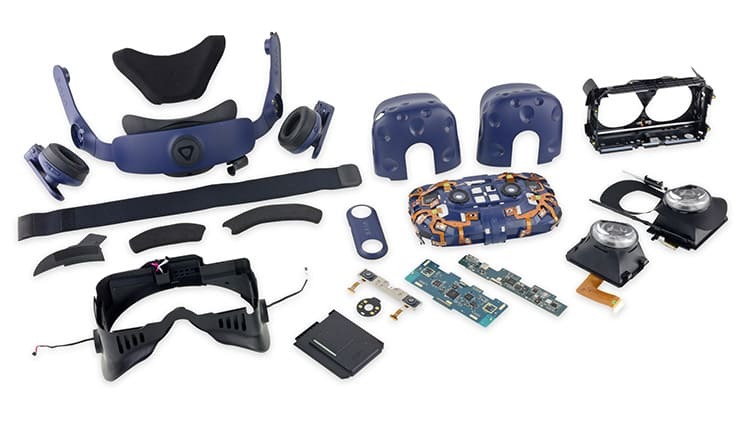
In any case, VR glasses are exactly glasses with the ability to mount them on the head. Inside, depending on the complexity of the gadget, there can be either just a set of lenses for both eyes, or a combined system of lenses and two or one display. The three-dimensional effect is achieved due to the fact that each eye is shown slightly different images. This is accomplished by filming or creating content from two side-by-side cameras. That is, about the same as if we saw the filmed process with our own eyes.
To determine the location of the glasses, there are sensors. The gyroscope and accelerometer are usually the minimum set. With their help, the turn or tilt of the head is tracked and, accordingly, the content that turns or tilts in the same direction is also adjusted.
Main performance characteristics depending on the image source
Image sources can be two: either your own display, or lenses projecting video from a smartphone. Therefore, the characteristics differ due to the design features.
Smartphone
This is the simplest and most affordable type of glasses. They represent a frame with a compartment for placing a smartphone. With the help of special lenses, the content is transmitted to the user. Moreover, this content must be prepared in advance or formed on the fly by the device itself in such a way that both eyes have a suitable video. In these types of glasses, all the main characteristics are determined only by the characteristics of the smartphone itself. That is, the diagonal and resolution depend on the smartphone screen. Nevertheless, they have such parameters as viewing angle and compatibility with various diagonals of mobile devices.
Built-in display
Glasses with their own, stand-alone display are usually more expensive and have more significant characteristics. Since this is a separate display, the characteristics are mostly relevant - resolution, screen type, refresh rate, viewing angle. There is also a set of various sensors - accelerometer, gyroscope, proximity sensor. They ensure that when you rotate your head, the video will be positioned in accordance with the user's actions.
Additional features and capabilities
Now it's worth talking a little about the additional features and functionality of virtual reality glasses. Modern glasses are simply full of various sensors, lenses and other interesting chips.
Accelerometer and gyroscope
The accelerometer and gyroscope in virtual reality glasses, as in any smartphone, are responsible for the position of the device. An accelerometer can be found in any smartphone today. It measures its own acceleration and with its help determines where and how the smartphone was moved - sharply up or down, or turned to the side. The gyroscope is slightly different in ability: it measures the angle of inclination relative to the earth's surface. Together, these two electronic sensors add together a picture of movement, tilt and positioning in space. The glasses can be supplemented with a magnetic compass, which determines the direction of the user's gaze. This also, to some extent, complements the controllability and immersion in the virtual world.
Adjusting lenses and interpupillary distance
Interpupillary distance is essentially the distance between lenses. For customization, each type of glasses may have its own built-in calibration mechanisms. Most often, these are simply the twisting knobs on the sides of the device. In the smartphone versions, in addition to the interpupillary distance, you can also adjust the distance to the smartphone itself. In general, for each individual device, it is better to study its instructions before use.
Proximity sensor and magnetic button
The proximity sensor in virtual reality glasses acts as a kind of switch, that is, the glasses work when they are on, but not when removed. In this way, energy savings are achieved.
The magnetic button is just a small element responsible for managing events in games or other types of content of the VR headset. Usually it is located outside and when pressed, sends a magnetic pulse to the smartphone, which reacts in a certain way.
How to choose virtual reality glasses
All glasses can be divided into 3 large categories: for smartphones, PCs and consoles. Each type is selected depending on the area of use and the desired result by the user.
For smartphone
Smartphone glasses are the easiest and most affordable way to immerse yourself in the world of virtual reality. A smartphone is always available, and inserting it into glasses is a matter of two minutes. Glasses may differ in available diagonal, which should be compatible with a smartphone, and also worth paying Attention when buying on the viewing angle: the larger it is, the more content is allowed to fit into the field of view.
For PC
Versions of glasses for PC are much more complicated constructively and technically, therefore, they also have a wide variation in characteristics. Such models have their own display, which means that you need to pay attention to its parameters. For example, the refresh rate of the screen and its resolution. The higher these rates, the better. It is also better to have an extensive set of sensors - at least an accelerometer, a gyroscope and a proximity sensor.
For consoles
Technically, the glasses for consoles are practically the same as for the PC versions. When choosing, you need to pay attention to the presence of sensors, screen resolution, its frequency and type. Console glasses in their cost are at an average level between the universal and PC versions.
Leading manufacturers
As usual, with the emergence of new trends that become popular, everyone starts to produce fashionable products - from small to large. It's the same with the virtual reality market. In the production of glasses, both start-up and little-known companies, as well as serious brands that already have weight in other industries, have appeared. Here is a small list of the most popular manufacturers:
- Fibrum. Suddenly, a good Russian startup, a manufacturer of both virtual reality glasses and content for it. While in their arsenal there are only one Fibrum PRO glasses and 27 mobile applications adapted for VR;
- Homido. A French company developing virtual reality equipment. Glasses from Homido are mainly aimed at using in conjunction with a smartphone. Famous models include Homido V1, V2, Grab and Mini;
- Samsung. Well, here comments are superfluous. The most famous product in the series of virtual reality glasses is Gear VR. Not the cheapest, but very functional and stylish device;
- HTC. Vive goggles designed in collaboration with Valve. One of the most expensive and functional virtual reality tools. The product is focused on PC use;
- Oculus VR. The company is considered a pioneer in the virtual reality industry. In addition to its own development of Oculus Rift glasses, the company is engaged in the production of games for them. More than 20 games have been released for 2019;
- Sony PlayStation. Proprietary virtual reality glasses are designed for use on their own consoles. They can work with the PS Move controller or with any regular one.
Popular models
It remains a little to look at the best models, their characteristics, prices and reviews. In our review, there are varieties for smartphones, PCs and consoles.
HTC Vive Pro 2.0

The most expensive virtual reality glasses. You can buy them for 112,000 rubles. Glasses for a personal computer are intended. The resolution of its own display is quite impressive - 2880 by 1600, that is, 1440 by 1600 for each eye. Interpupillary distance and focus can be adjusted. The screen itself is made using AMOLED technology. The viewing angle is 110º. The set of sensors is standard - accelerometer, gyroscope and proximity sensor. Additional options include built-in headphones and a microphone, a camera, HDMI and USB ports, as well as two controllers included.
HTC Vive Pro 2.0
Dell Visor Windows Mixed Reality Headset
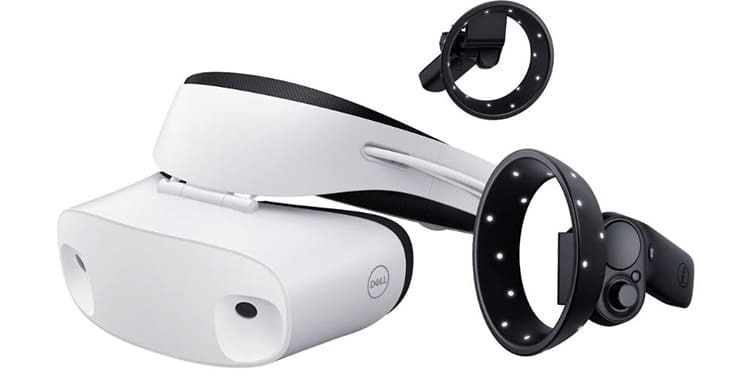
An interesting gadget for a PC for 29,000 rubles. Has its own screen with a resolution of 2880 by 1440. The viewing angles are quite large - 110 °. The sensors include an accelerometer, gyroscope and magnetometer. Includes a motion controller, 2 front cameras and HDMI and USB ports.
Dell Visor Windows Mixed Reality Headset
Homido Mini
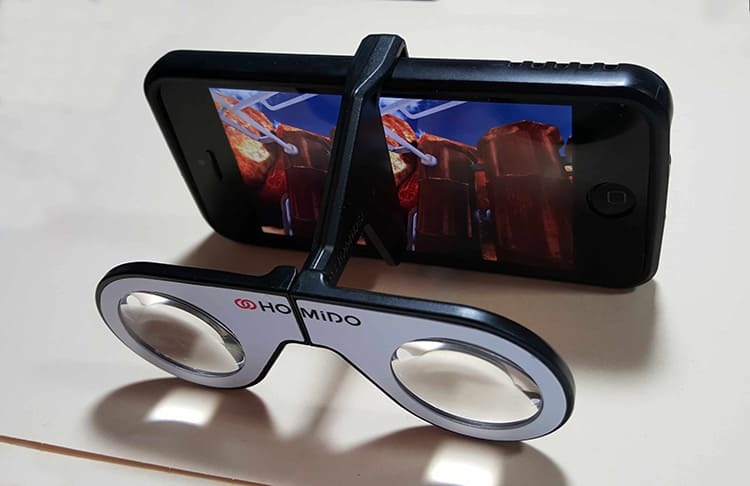
These glasses are out of the ordinary for a VR system. Because they look like pince-nez. And if in other models the smartphone is inserted into glasses, then here they are simply put on the phone. That is, in order to fully use this type of glasses, you will have to hold this entire structure with the smartphone and the glasses on it with your hands at eye level. The glasses are designed for use on smartphones with a diagonal of 4.5 to 5.5 inches. There are no built-in electronics and special software inside the glasses, only lenses. And the cost of such glasses is only 620 rubles.
Homido Mini
Samsung Gear VR
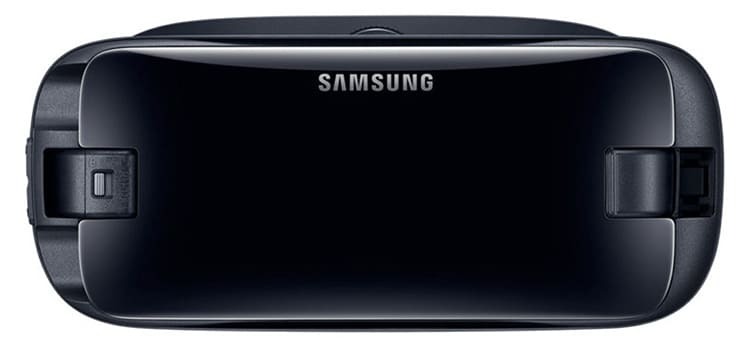
Probably the most popular smartphone glasses. True, they are focused primarily on Samsung smartphones - Galaxy S8, S8 +, S7 and the like from this series. Therefore, only the Android operating system is supported. Of the features, we can note the presence of its own sensors - proximity, accelerometer, gyroscope, as well as a control panel in the kit. You can buy them for 8,000 rubles.
Samsung Gear VR
Fibrum Pro
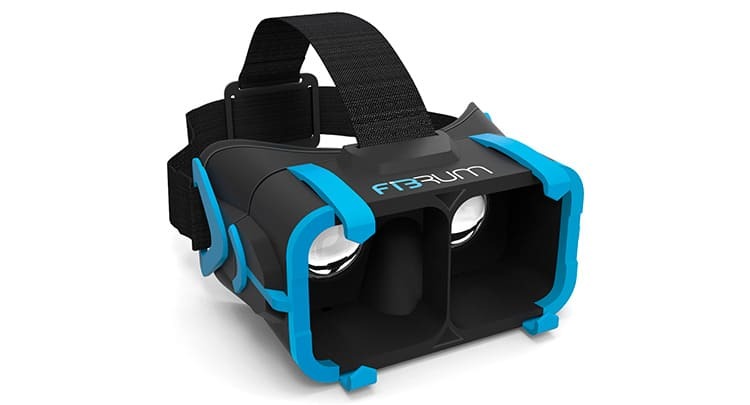
Points from a Russian startup. A very simple and budget option for immersing yourself in the world of virtual reality. Supports Android and iOS smartphones with diagonals from 4 to 6 inches. The viewing angle is 110º. You can buy glasses for 4000 rubles.
Fibrum Pro
CardBoard
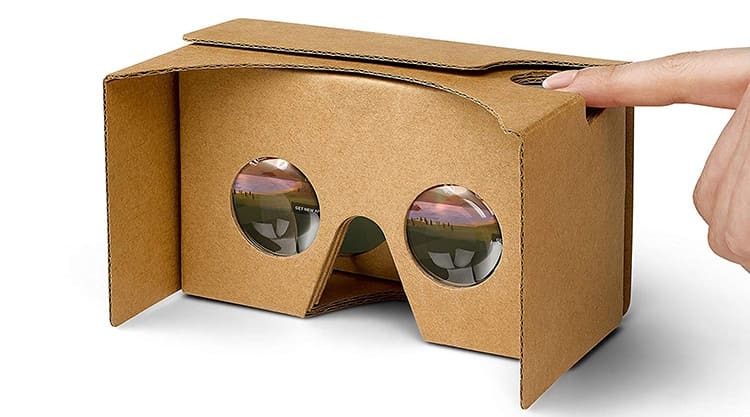
And finally, it's worth talking about the simplest and most affordable way to use virtual reality on your smartphone. Google CardBoard can be bought at any electronics store for about 500 rubles, or you can assemble it yourself.
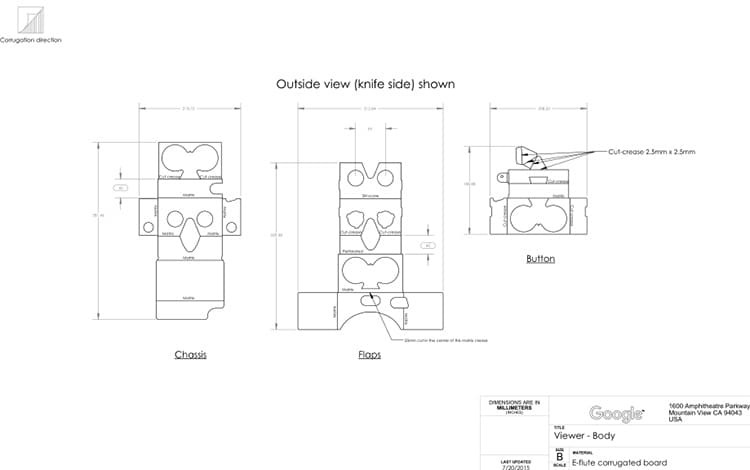
True, for this you have to find cardboard, a pair of lenses, Velcro, magnets and an elastic band. Full instructions and drawings can be downloaded on the project website - https://vr.google.com/intl/ru_ru/cardboard/get-cardboard/.
